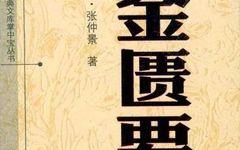Jin Gui Yao Lue
Article
Eight
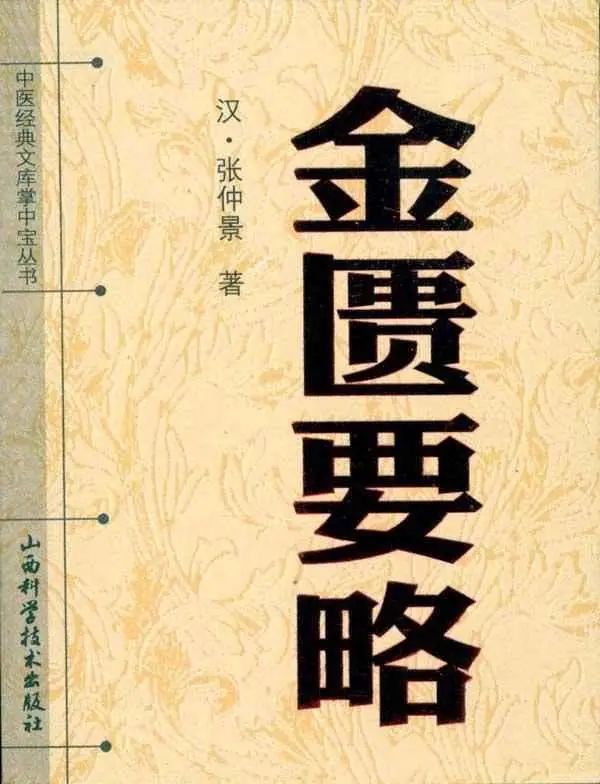

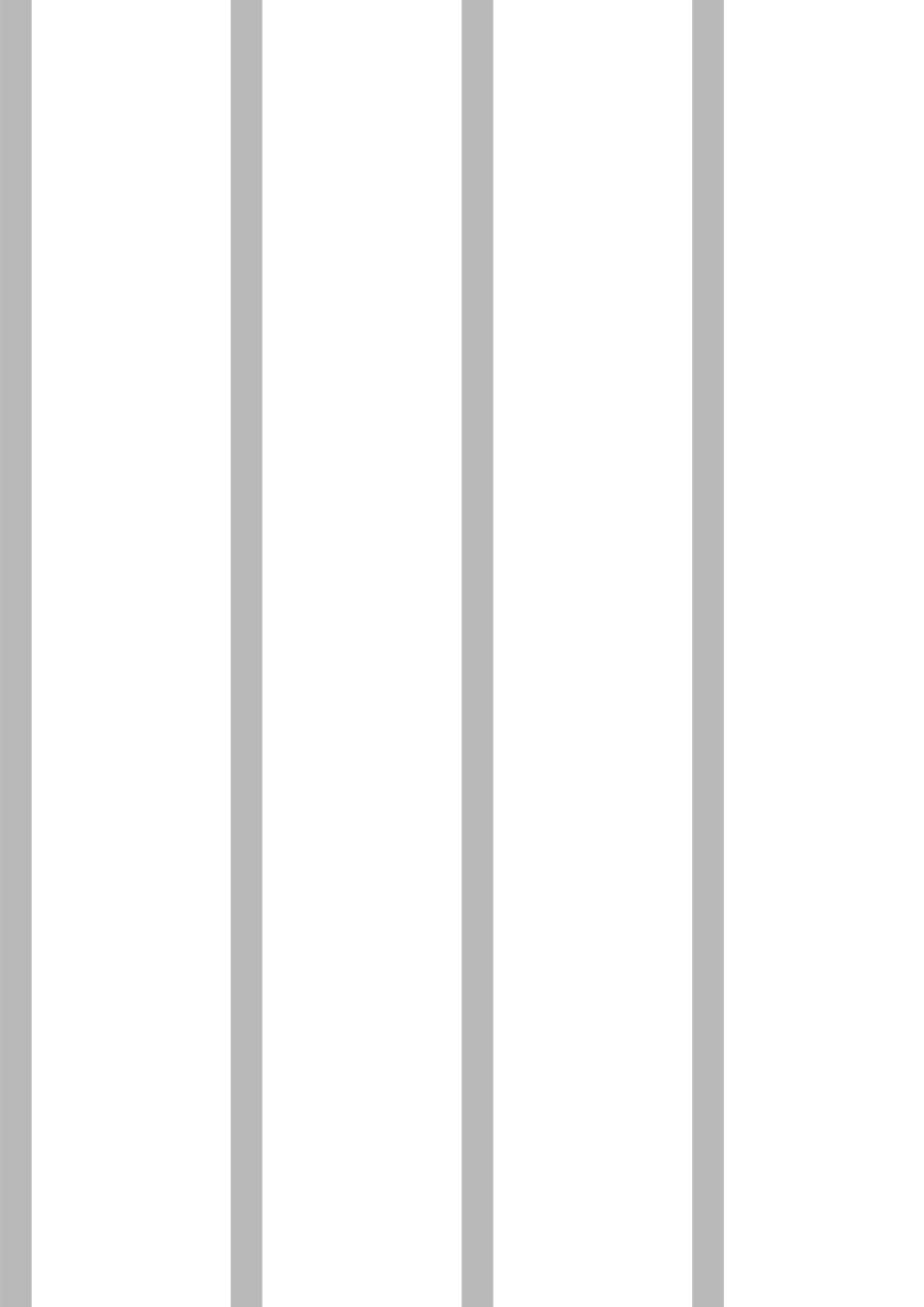
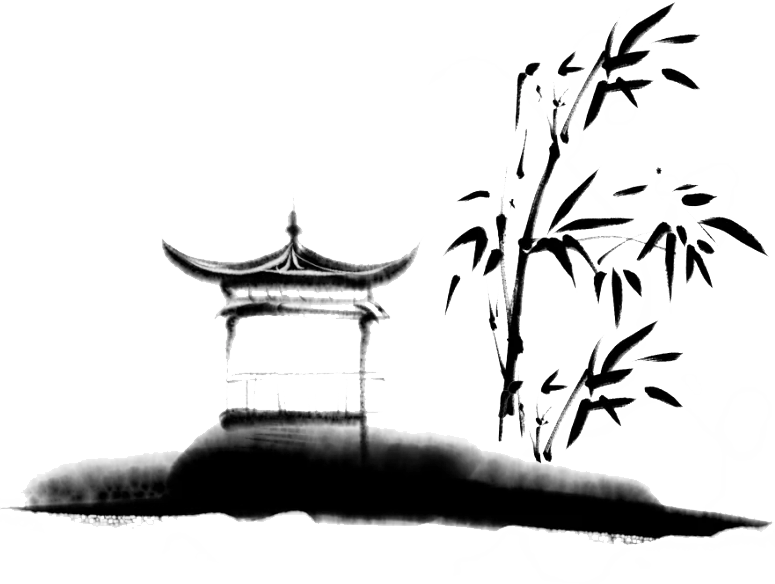
Original Text
Question: What does it mean to have “not yet arrived but has arrived”[1], “has arrived but not arrived”, “has arrived but does not leave”, and “has arrived but is excessive”? The Master said: After the winter solstice, at midnight of the first Jiazi[2], the Shaoyang[3] begins to rise, marking the time when Yang begins to grow, and the weather becomes mild. If it has not yet reached Jiazi, but the weather is mild, this is what is meant by “not yet arrived but has arrived”; if it has reached Jiazi but the weather is not mild, this is “has arrived but not arrived”; if it has reached Jiazi but the weather remains very cold, this is “has arrived but does not leave”; if it has reached Jiazi and the weather is as warm as in the height of summer in May and June, this is “has arrived but is excessive”. (8)
Question: What are the eighteen Yang diseases[4]? The Master said: Headache, neck pain, waist pain, back pain, arm pain, and leg pain. What are the eighteen Yin diseases[5]? The Master said: Cough, shortness of breath, wheezing, choking, throat[6], intestinal sounds, bloating, heart pain, and tightness. Each of the five organs has eighteen diseases, totaling ninety diseases. There are also six minor ailments, each with eighteen diseases, totaling one hundred and eight diseases. The five strains[7], seven injuries[8], six extremes[9], and thirty-six diseases of women[10] are not included. Clear evils reside above, while turbid evils reside below. Major evils are external, while minor evils are internal. The evil of cooked food[11] enters through the mouth, causing retained food. Each of the five evils has its own rules: wind affects the front, cold affects the evening, dampness harms the lower body, and fog harms the upper body. Wind causes the pulse to be floating, cold causes the pulse to be tight, fog harms the skin, dampness flows into the joints, food harms the spleen and stomach, extreme cold harms the meridians, and extreme heat harms the collaterals. (13)


Annotations
[1] Not yet arrived but has arrived: The first “arrived” refers to the arrival of the season, while the second “arrived” refers to the corresponding climate. The same applies below.
[2] Jiazi: An ancient method of calculating years, months, and days using heavenly stems and earthly branches. There are ten heavenly stems (Jia, Yi, Bing, Ding, Wu, Ji, Geng, Xin, Ren, Gui) and twelve earthly branches (Zi, Chou, Yin, Mao, Chen, Si, Wu, Wei, Shen, You, Xu, Hai), which combine to form sixty combinations. “Jiazi” is the first of these. Here it refers to the first Jiazi midnight after the winter solstice, which coincides with the Rain Water solar term.
[3] Shaoyang: This is an ancient term for seasonal classification.
[4] Yang diseases: Refers to diseases belonging to the exterior meridians.
[5] Yin diseases: Refers to diseases belonging to the internal organs.
[6] Throat (yē): Refers to obstruction in the throat.
[7] Five strains: According to the “Suwen: On the Five Qi” and “Ling Shu: On the Nine Needles”, these refer to the injuries caused by prolonged viewing, lying down, sitting, standing, and walking.
[8] Seven injuries: According to the “Sources of Disease” (Volume 3: On Deficiency), these refer to injuries caused by overeating, excessive anger, heavy lifting, prolonged sitting in damp places, cold drinks, excessive worry, and exposure to wind and weather.
[9] Six extremes: Refers to the extremes of Qi, blood, tendons, bones, muscles, and essence. “Extreme” means excessive strain.
[10] Thirty-six diseases of women: Refers to the twelve syndromes, nine pains, seven harms, five injuries, and three pains as described in the “Sources of Disease” (Volume 38: On Discharge).
[11] Cooked food: Refers to food that has been prepared. This term refers to diet.
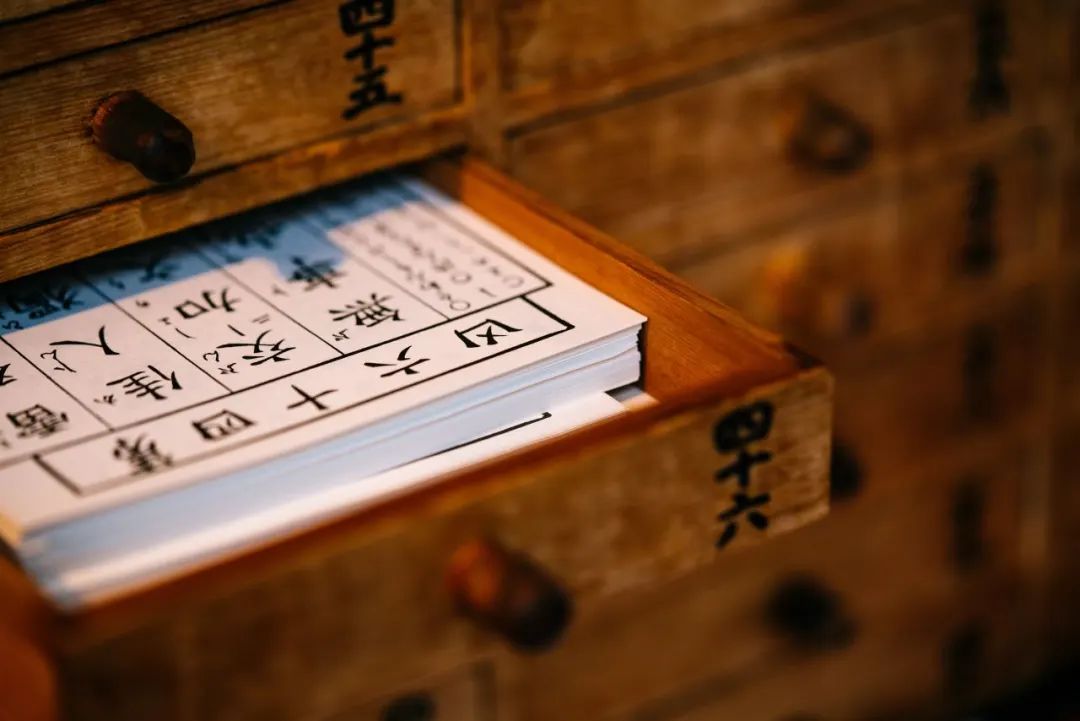


Interpretation
After the winter solstice, during the Rain Water solar term, is the time of Shaoyang, when Yang energy begins to grow, and the climate gradually becomes mild. This is the normal pattern; if the Rain Water solar term has not yet arrived but the climate is warm, this indicates that the season has not yet arrived, but the climate has; if the Rain Water solar term has arrived but the climate is still not mild, this indicates that the season has arrived, but the climate has not; if the Rain Water solar term has arrived but the climate remains very cold, this indicates that the season has arrived, but the severe cold has not left; if the Rain Water solar term has arrived and the climate becomes as hot as in the height of summer, this indicates that the climate has arrived but is excessive. In summary, all instances of early arrival, non-arrival, non-departure, and excess are abnormal climates that can lead to illness. (8)
“Question: What are the eighteen Yang diseases, what does it mean? … The thirty-six diseases of women are not included” is a classification and counting method of diseases by ancient physicians. The six conditions of head, neck, waist, back, arms, and legs are considered external Yang diseases. The nine conditions of cough, shortness of breath, wheezing, choking, throat, intestinal sounds, bloating, heart pain, and tightness are considered internal Yin diseases. Among Yang diseases, there are distinctions between Ying diseases, Wei diseases, and simultaneous Ying and Wei diseases, totaling eighteen Yang diseases. Among Yin diseases, there are distinctions between deficiency and excess, totaling eighteen Yin diseases. Each of the five organs has eighteen diseases, referring to diseases caused by the six evils of wind, cold, heat, dampness, dryness, and fire, with distinctions between Qi, blood, and simultaneous Qi and blood diseases, totaling ninety diseases. The six minor ailments refer to the six evils affecting the six fu organs, which are lighter than the diseases of the five zang organs, hence called six minor ailments. The six minor ailments also have distinctions between Qi, blood, and simultaneous Qi and blood diseases, totaling one hundred and eight diseases. The five strains, seven injuries, six extremes, and thirty-six diseases of women are not classified under the six external evils, hence not included. Regarding the five evils, it is first pointed out that clear evils are the evils of fog and dew, hence they reside above; turbid evils are the evils of water and dampness, hence they reside below. Major evils refer to wind evils, which are dispersed and often affect the skin; minor evils refer to cold evils, which are tight and often affect the interior meridians. The evil of cooked food refers to retained food entering through the mouth. It is further explained that each of the five evils has specific rules, such as wind being a Yang evil affecting the morning, causing the pulse to be floating; cold being a Yin evil affecting the evening, causing the pulse to be tight; dampness being a heavy and turbid evil, hence harming the lower body and flowing into the joints; fog being a light and clear evil, hence harming the upper body and affecting the skin; the spleen governs transformation, hence irregular diet harms the spleen and stomach. The meridians are Yin internally, while the collaterals are Yang externally; cold belongs to Yin, hence “extreme cold harms the meridians”, while heat belongs to Yang, hence “extreme heat harms the collaterals”. This article reflects the ancient understanding of the characteristics of pathogenic evils and their rules of entry, where terms such as exterior, interior, above, below, front, and evening are relative and not absolute. (13)
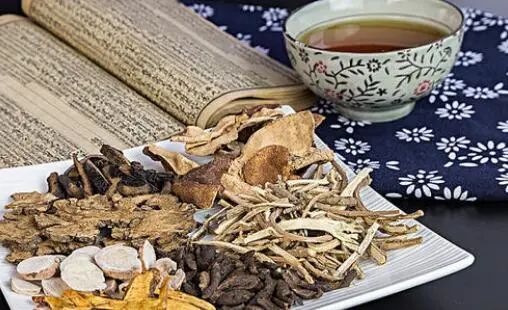


Summary
Article 8 discusses the correspondence between seasonal changes and climate, stating that both excess and deficiency can lead to the occurrence of diseases.
Article 13 discusses the classification methods of diseases and the characteristics of the five evils affecting humans.



Discussion
Spring is warm, summer is hot, autumn is cool, and winter is cold, which are the seasonal climate changes in the Central Plains of China, yet there are also anomalies. Therefore, those skilled in health preservation and disease treatment should adapt to the seasonal changes and adjust accordingly. Anyone engaged in health preservation and disease treatment must deeply understand the “norms” of climate and also recognize the “changes”. As stated in the “Suwen: On the Six Origins of Correct Principles”, “use cold to counter cold” and “use heat to counter heat” are general principles for using medicine according to the seasons; if there are abnormal changes in climate, corresponding adjustments must be made. (8)
The text classifies diseases into two categories: Yin and Yang, as diagnosing and treating diseases requires first distinguishing between Yin and Yang. Familiarity with the characteristics of pathogenic evils and their rules of causation is essential for accurate diagnosis and treatment. The understanding of the general rules of the five evils affecting humans reflects the characteristics of Yin evils harming Yin and Yang evils harming Yang, which is of great significance for the prevention and treatment of miscellaneous diseases. (13)


Selected Annotations
Qing Dynasty, Li Yun: “The human body is connected to heaven and earth, with Yang energy as the main force. If the Yang energy of heaven and earth is not harmonious, then the Yang energy of the human body will also be disordered, leading to diseases such as cold, heat, and seasonal illnesses.” (“Jin Gui Yao Lue Guang Zhu”) (8)
Yuan Dynasty, Zhao Yide: “Zhongjing discusses diseases, which must have their origins, many of which are found in the ‘Neijing’. If the so-called diseases of Yin, Yang, and the five organs are not found in the ‘Neijing’, they must be in other ancient texts. For example, the commonly mentioned thirty-six types of wind, seventy-two types of Qi, and the one hundred and eight diseases mentioned here, including the thirty-six diseases of women, are all categorized by numbers. This must be a compilation of ancient texts.” (“Jin Gui Fang Lun Yan Yi”) (13)



Previous Recommendations
1. The Application of Ma Huang Fu Zi Xi Xin Decoction in Lung Collateral Diseases
2. Selected Readings from the Classic Text of Jin Gui Yao Lue
3. Resistance Decoction Syndrome
Author Profile
Gao Mengman
Master’s student of 2023
Studying at Liaoning University of Traditional Chinese Medicine Research Direction:Basic and Clinical Research on TCM Lung Diseases
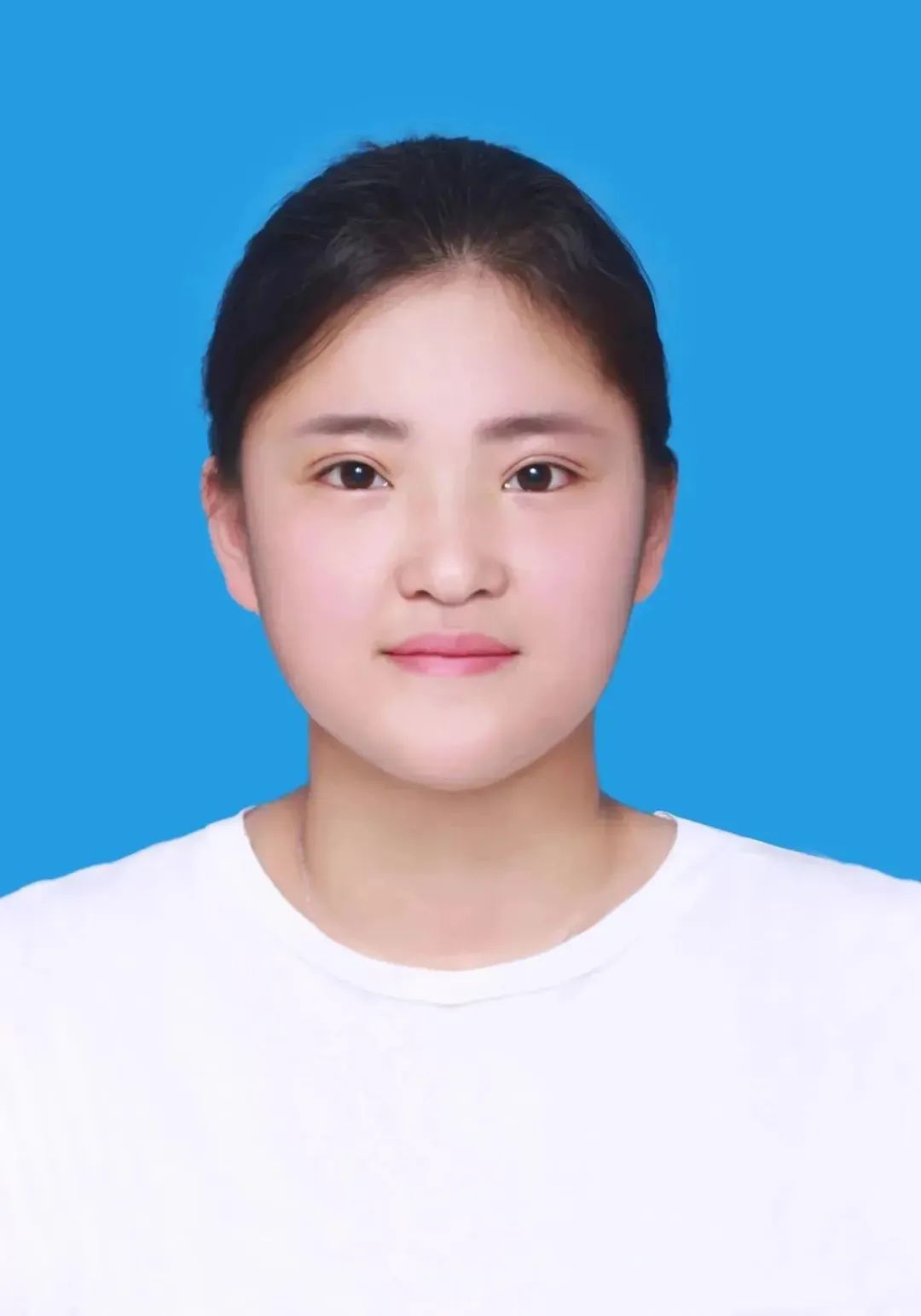

Section Head: Li Jingze
Review: Li Jingze
Chief Review: Pang Lijian Wang Jiaran
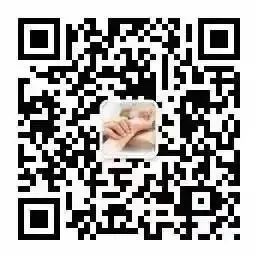
Medical East & Lumen Selected
Scan to follow for more medical knowledge

